- We live in an era where every aspect of our lives generates data. In the workplace, pulse surveys reveal how employees feel, performance appraisals show the skills employees have and want to develop, and recruitment metrics chart a company’s stability.
- Yet, for many HR teams, the challenge isn’t a shortage of information but rather what to do with it, knowing which data truly matters and how to extract value by turning numbers into meaningful business action. Without a strategic approach, organisations risk drowning in spreadsheets, grappling with siloed systems, and missing critical trends when they matter most. The future of HR lies in using the right insights – ones that align with business goals and visions – to drive better engagement, performance, and retention.
- Democratise data
- Organisations that fail to share their people data with wider functions struggle to react swiftly in a fast-changing world. Research* has found that nearly half (45%) of HR leaders cite multiple system formats as a barrier to accurate reporting, 44% point to duplicate information across a number of platforms, and 41% say outdated records. Only 19% believe their teams can pivot effectively when priorities shift.
- With organisations managing multi-sited workforces thanks to hybrid and flexible work arrangements, democratising data has never been more important. Centralising payroll, absence management, recruitment, engagement surveys, and performance metrics into a single, accessible platform breaks down siloes. It also gives stakeholders, from line managers to C-suite executives, a unified view of trends regarding their people. This not only reduces time spent on manual data wrangling but also frees HR professionals to focus on proactive decision making.
- Shift from descriptive reporting to predictive insights
- Traditional HR reporting, which looks at attendance rates, turnover figures, and employee engagement, paints a picture of what has already happened in an organisation. People analytics, by contrast, looks forward, using historical data to forecast future scenarios. Examining data over time allows people and business leaders to predict the drivers behind high performance, anticipate spikes in absence costs, and plan workforce requirements for upcoming business cycles. Predictive analytics can also support wider strategic goals such as ESG targets, the reduction of any gender pay-gaps, or talent retention.
- However, not all predictive insights are created equal. The most powerful analytics initiatives tie their metrics directly to business outcomes. Begin by asking: what are our top priorities this year — boosting engagement, accelerating innovation, or controlling labour costs? Then, select the data points that map to those goals. By aligning your analytics with organisational objectives, you ensure every model, dashboard, and forecast drives real results.
- Communication will never stop being key
- Developing the analytical muscle within the HR function is vital, as one of the greatest roadblocks to analytics success is translating complex data into a narrative that resonates beyond HR. While it’s not necessary to hire an army of data scientists, every HR professional should possess basic data-analysis and workforce-planning skills. Leaders should consider a tiered learning and development programme that includes training in data literacy for all HR staff, or targeted workshops on stakeholder management and change management. Building these skills not only fast-tracks the adoption of data-driven practices but also builds an agile and resilient function that can quickly adapt to emerging challenges.
- Executives and line managers rarely have deep expertise in statistical methods, so once HR is empowered to develop these skills, it can then package insights in clear, compelling formats. Using storytelling techniques can make data easier to digest and influence, for example how a rise in early attrition corresponded to lost productivity in the organisation, or how proactive absence management helped to saved so many thousands of hours of lost work time.
- The organisations that thrive against their competitors will be those that are able to convert raw HR data into strategic action. By breaking down siloes, shifting from descriptive reports to predictive insights, and empowering HR teams with strong communication and analytical skills, HR can evolve to emerge as a genuine strategic partner. The path forward is clear: focus on the data that aligns with your business goals, build the right skills, and turn insights into real-world impact.
*Research from MHR







